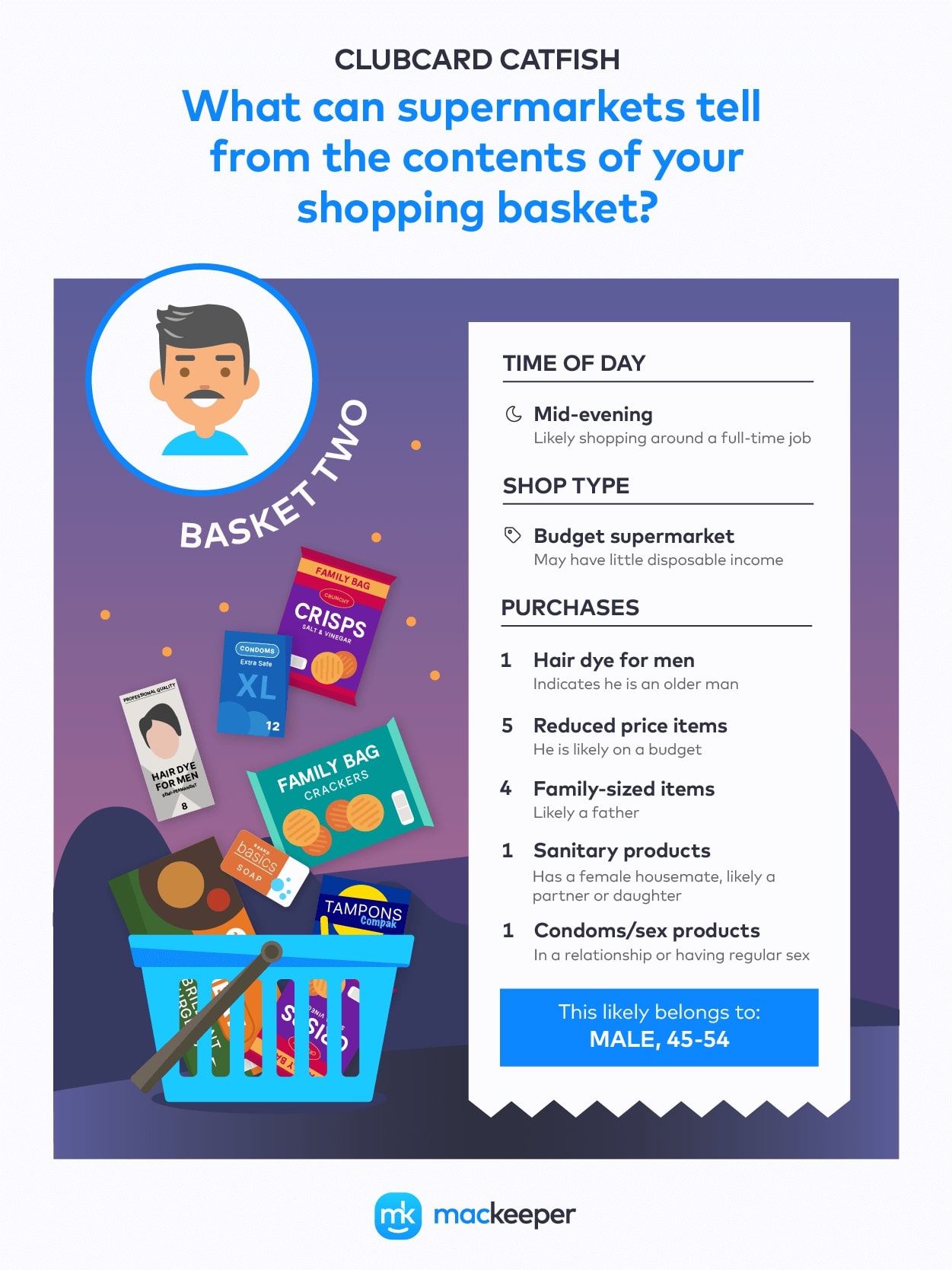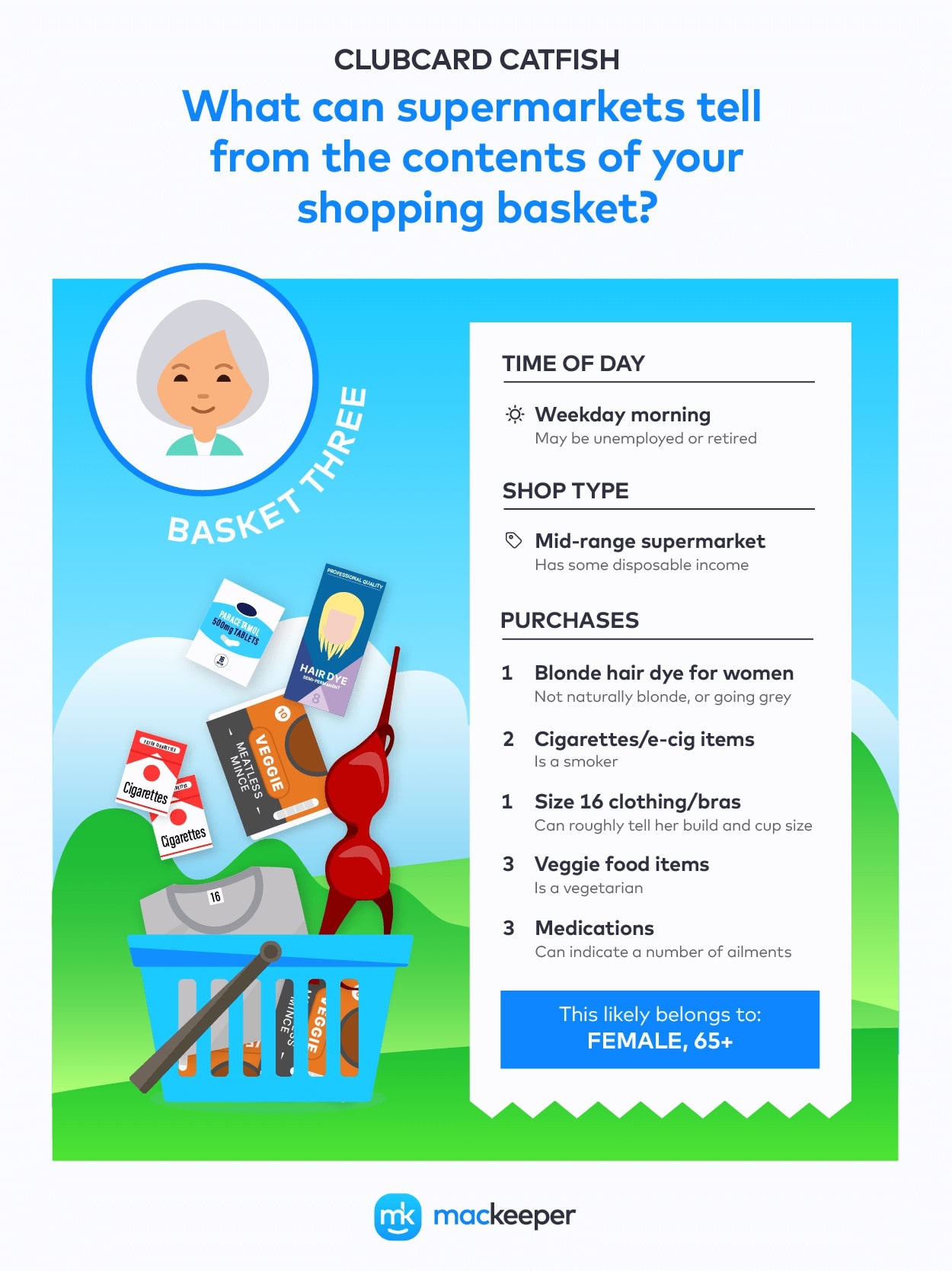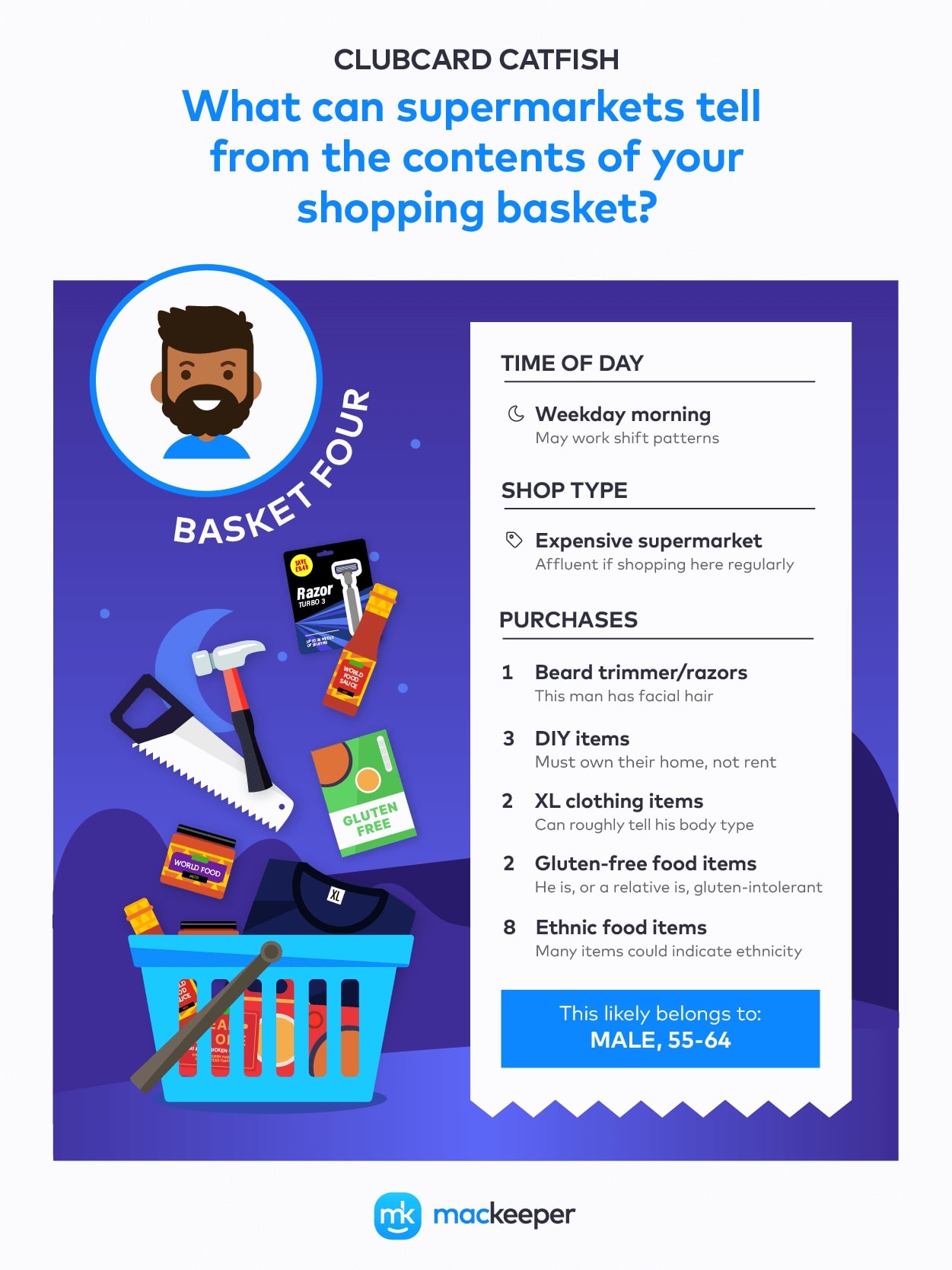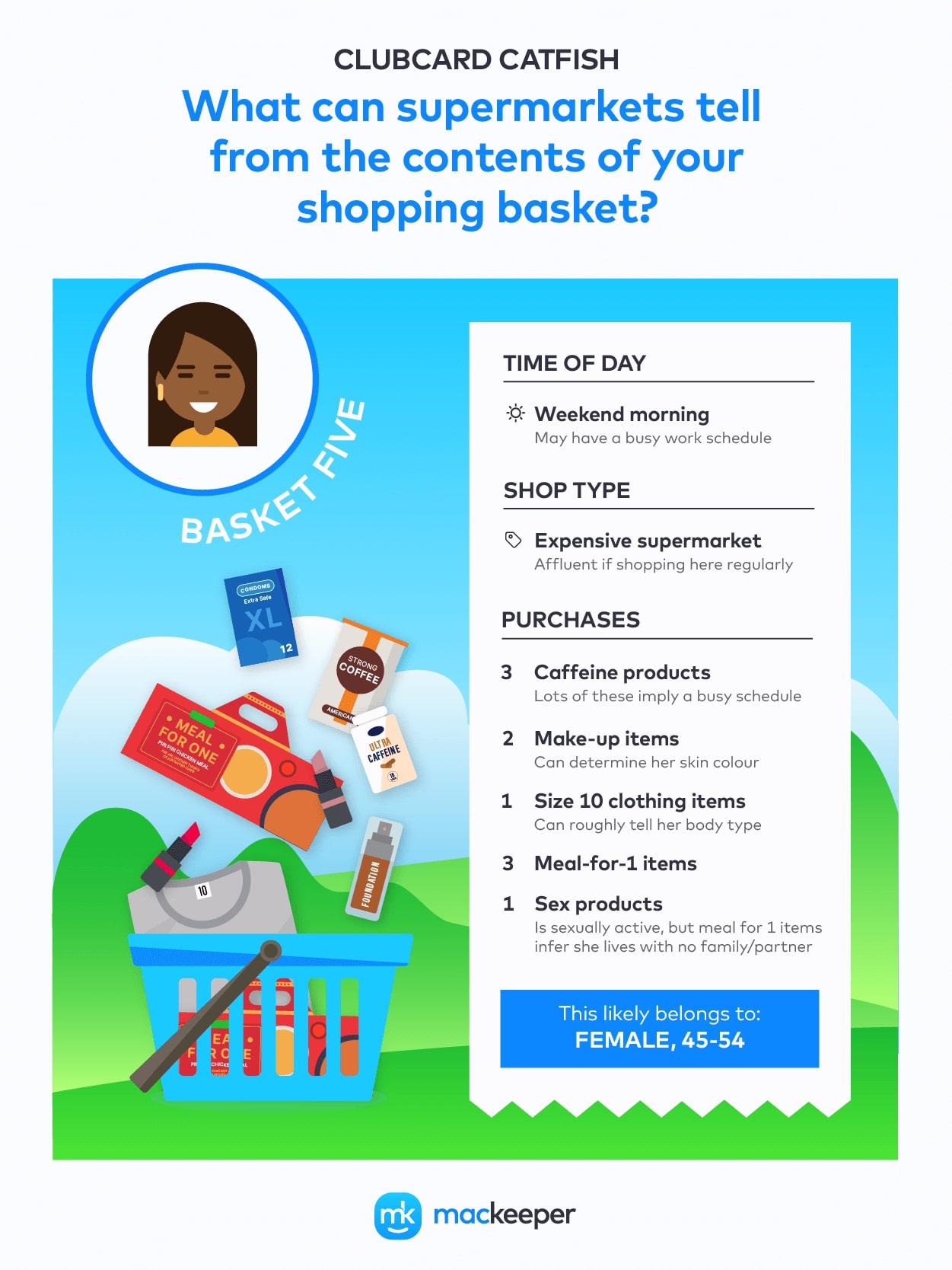There’s nothing worse than an empty fridge. No, YOU’RE being too dramatic, there is something more annoying than that. Every time you scan your loyalty card at your favorite supermarket, it helps them build a better picture of you. Your shopping habits, your favorite brands, your guilty pleasures - all gathered every time you top up your points.
But why?
We look at the data the supermarket spies are after, what they use it for and just how valuable it is.
What do grocery stores use your data for?
Loyalty cards are a supermarket’s best friend. Why? Because they help them understand your shopping habits, from the quick buys to the big shops for the whole family.
Think you can fly under the radar and buy those tubs of ice cream?
Well think again, supermarkets will track that data as soon as you swipe, and before you know it, there's a coupon waiting for you the next time you shop.
While there are positives to this (who doesn’t love a discount?) it can also cause problems. If the supermarket suffers a data breach, all your information could end up in the wrong hands.
It’s important to know how your data is stored, as well as how to protect yourself online. Whilst targeted marketing from our favorite grocery store may seem like a benefit, this information being misused can give away more about you than you may think? Let’s show you how.
What does your cart say about you?
We’ve analyzed the shopping carts of five shoppers to see what their carts reveal about them. From tampons to coffee, rice to beard trimmers, everything you buy reveals a little more about your identity.
Tampons and chocolates give this woman’s game away

A female shopper has bought tampons, pads, diapers, and chocolates. Her supermarket now knows when her menstrual cycle starts, so in a month’s time can offer her a discount on sanitary products. They’ll also give her some coupons for kids’ products.
She’s added some gluten-free cakes, which tells her shop all about her diet, while her curly hair shampoo means she’s taking an interest in how she looks. The gardening items might not give much away at first, but they do suggest she has some outdoor space. All data that could come in useful later.
Hair dye and family-sized items tell shops all they need to know

A male shopper has entered the store at exactly the same time as the food gets reduced.
Is this man on a budget or does he just like a good bargain? Either way, the shop knows they can offer him discounts. He’s stocked up on his regular hair dye so they also know he wants to avoid those greys. He’s grabbed some sanitary towels, again, along with family-sized items which suggest he could have a wife or daughter at home - he isn’t just shopping for himself.
The cigarettes always land as a last-minute purchase for this man. Is he tempted at the final hurdle? If so, the shop could advertise quitting products to him to help him avoid health risks like cancer. His supermarket also knows that this man is sexually active from buying lube along with condoms, so they’ll target promotions surrounding these products.
Medication and fashion are top of this woman’s agenda

Another thing supermarkets lookout for is timing. This woman walks into her local at 10 am to pick up her daily items, helping the store assume she is retired or unemployed.
Her prescription is waiting for her at the desk to help her with her arthritis, and they always make sure to have size 16 clothes in stock to ensure she always comes back for her fashion fix. This lady absolutely loves veggie foods so they’ll target coupons at her.
The time of day she shops reveals a lot about her. The store can target her age demographic more accurately with this knowledge.
Razors and gluten-free food make this man’s shopping list

This man shops at an expensive grocery store at 8 am on the dot, indicating he probably has to get to work soon after. Is he a busy businessman or just an early riser? Maybe coffee discounts could help wake him up.
From his repeat purchase of razors, the supermarket knows he has facial hair so they’ll offer a coupon on ‘buy one get one free’ to encourage repeat shopping.
Also, they’ve discovered his body type from the clothes he purchases and the fact he or his family are gluten intolerant - his food shop is a major giveaway.
Small habits can give big things away to keen observers.
Caffeine and sex products show this woman is up and active

This woman comes to do her shopping early in the morning on weekends, which suggests to the supermarket she has a busy work life during the week. In her cart, she throws in coffee pods and milk, along with meal deals for one showing she lives alone. The sex items show that while she doesn’t have a live-in partner, she’s certainly not lonely.
The grocery store can build a pretty accurate picture of this person, deciphering that she’s a size 10 from the clothes she buys and what skin tone she has from the makeup she chooses. Her loyalty card lets the store know how to keep her, well, loyal.
Whether you’re a loyalty card shopper or pay with cash or card, grocery stores know how to build your profile. The data they gather helps them promote relevant items to you both in-store and online, letting them appeal directly to your interests.
So the next time you do your shop, just remember, they know what you look like (and what your favorite snack is).
Methodology
After surveying 2000 adults on which products they bought regularly as part of a weekly shop, we looked at certain specific shopping baskets collated with the demographic data to understand what certain purchases inferred about customers. Whereas a number of respondents could’ve been selected, our five selected shoppers represent a microcosm of purchasing behaviors. We looked at the product items, the categories, their choice of a supermarket, time of shop, age bracket, and gender identity to determine just how much information a supermarket could collect on them if using a loyalty or club card scheme. After certain products were selected, we have combined what this combination can infer about a person’s physical attributes, dietary requirements, family situation, and socio-economic status.






